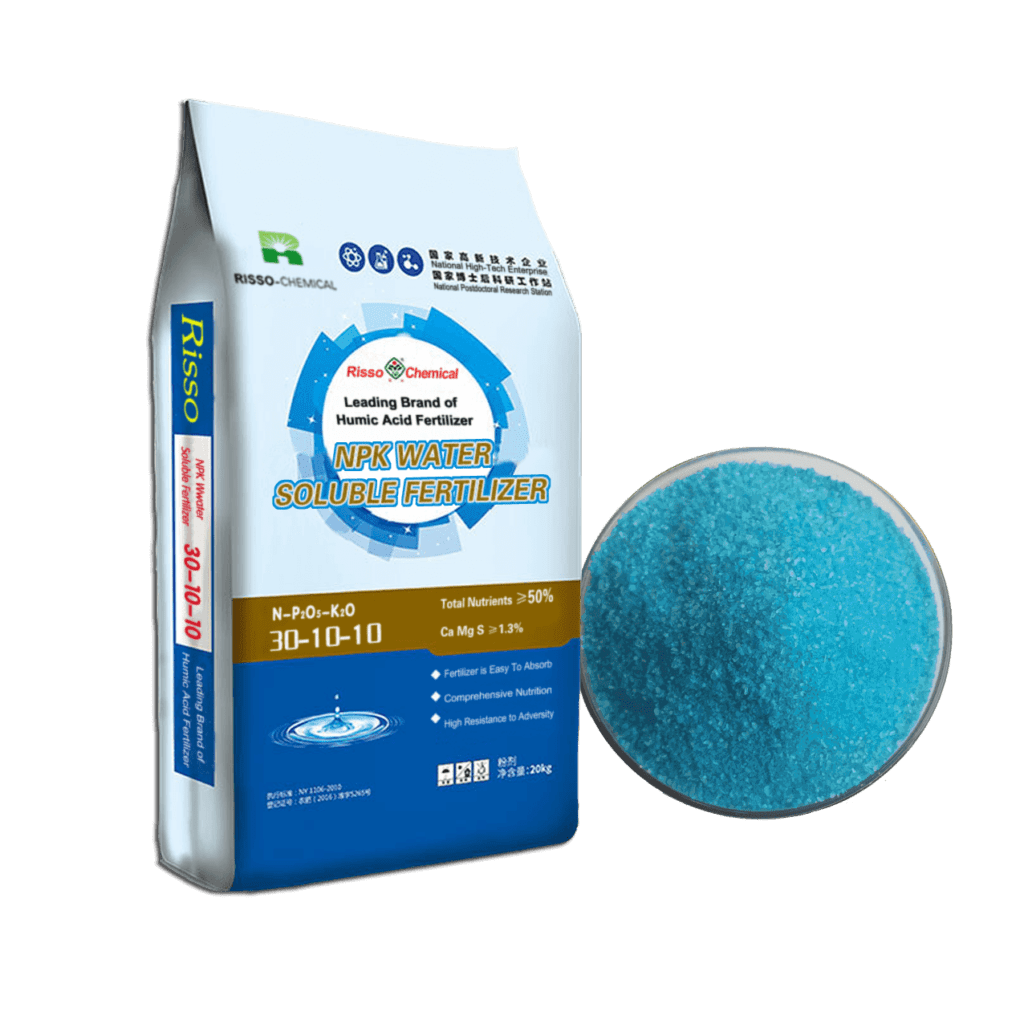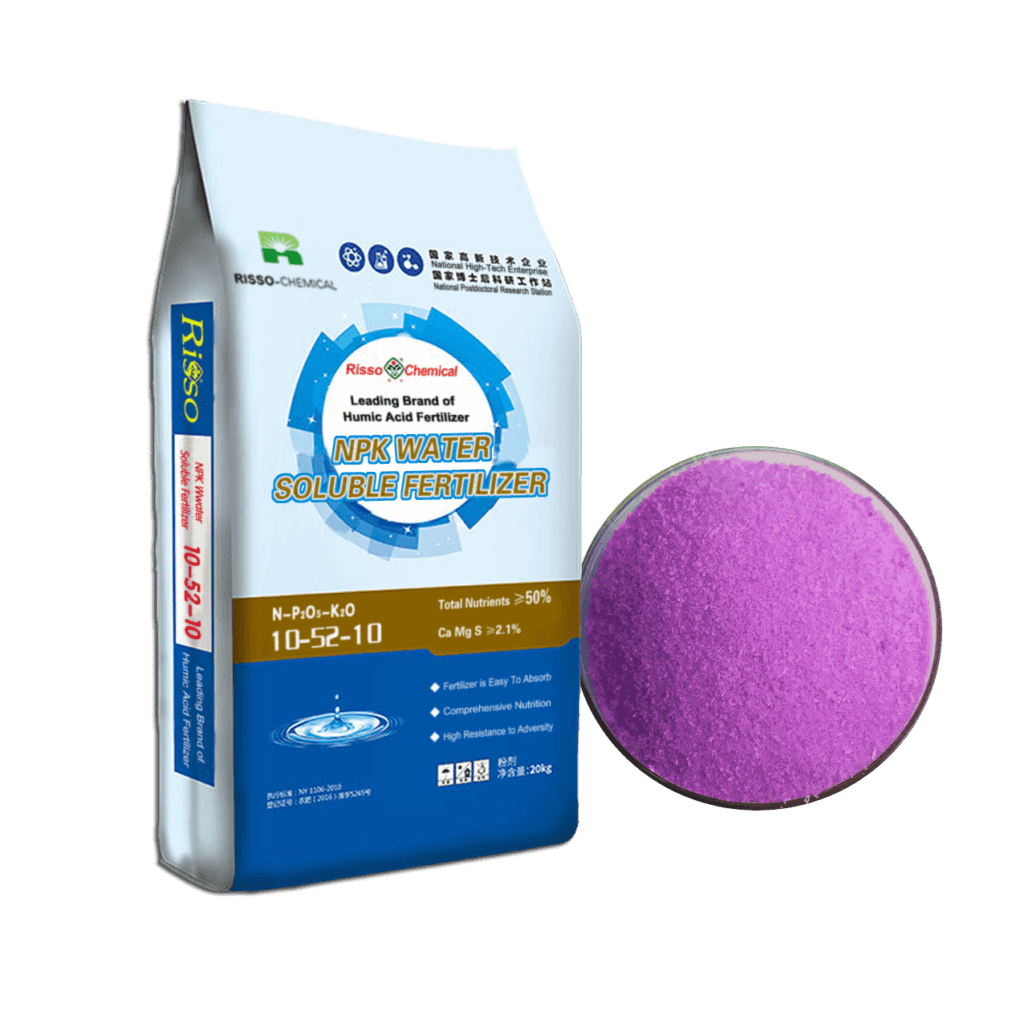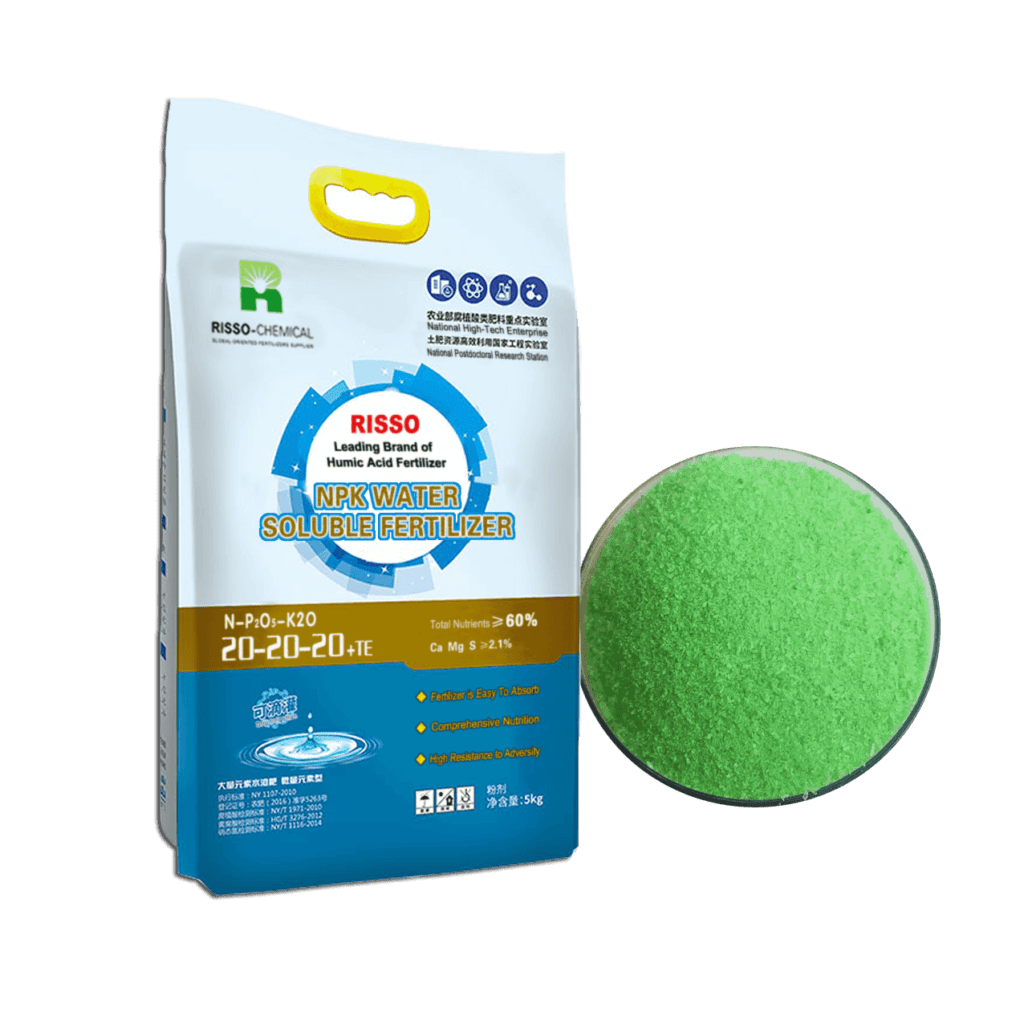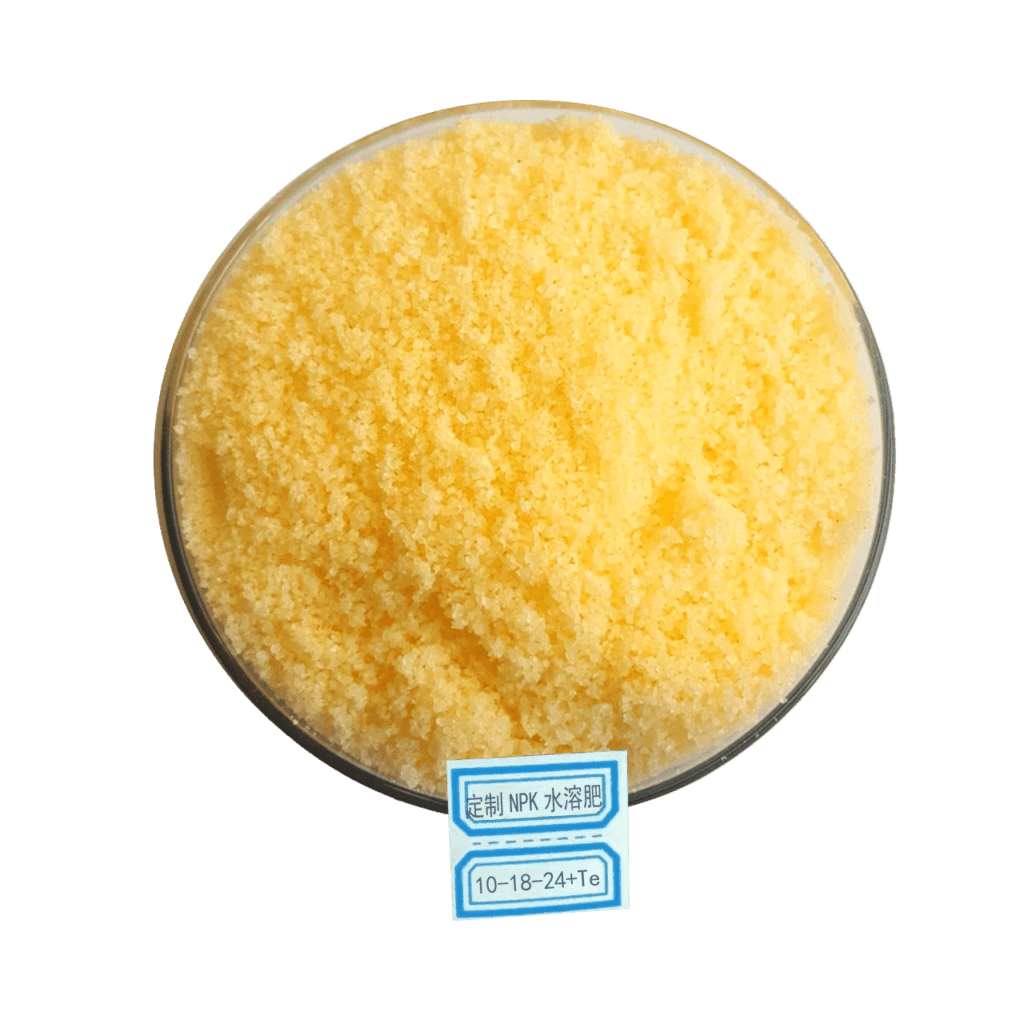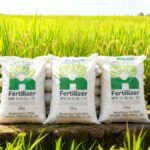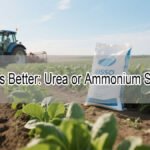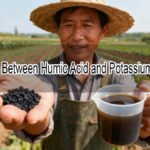Let more growers get greater benefits
Most Suitable Fertilizer for Tobacco: Selection Tips
- Industry News
- March 12, 2024
- 10:27 am

Tobacco is one of the world’s most valuable cash crops, with its commercial success closely tied to precise nutrient management. Appropriate fertilization not only boosts yield but also directly impacts critical quality traits such as aroma, leaf elasticity, color uniformity, and burn characteristics. Selecting the best fertilizer for tobacco requires a scientific understanding of the crop’s nutritional needs, soil conditions, and growth stages.
This comprehensive guide is designed for farmers, agronomists, and agricultural suppliers looking to select the best fertilizer for tobacco cultivation.
Table of Contents
1. Nutrient Requirements of Tobacco Crops

Tobacco has high and specific nutritional needs at various growth stages. Here’s a breakdown of the essential nutrients:
Nitrogen (N): Promotes vegetative growth and leaf expansion. However, excessive nitrogen can delay leaf maturity and reduce aroma quality.
Phosphorus (P): Encourages early root development and plant vigor.
Potassium (K): A key nutrient for leaf elasticity, texture, and burn quality—making it essential in any premium tobacco fertilizer.
Magnesium (Mg) and Sulfur (S): Support chlorophyll synthesis and protein metabolism, boosting overall plant health.
⚠️ Note: Tobacco is highly sensitive to chloride (Cl⁻). Avoid high-chloride fertilizers, especially when growing flue-cured or high-grade tobacco varieties.
2. Recommended NPK Formulas for Tobacco Fertilizer
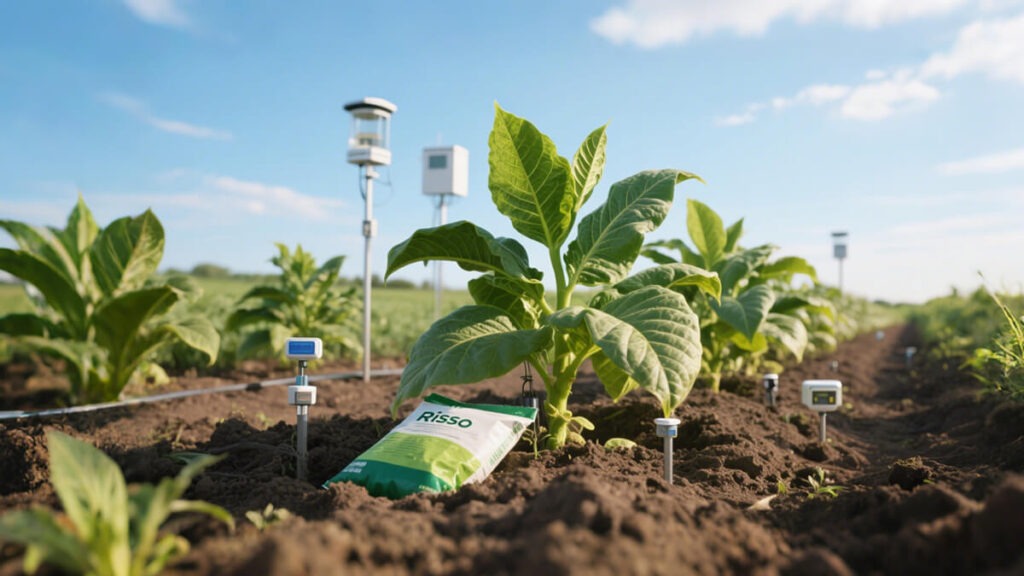
Choosing the right NPK fertilizer for tobacco is foundational to a successful crop. Below are two widely accepted tobacco-specific compound fertilizer formulations:
1. NPK 12-12-17 + 5% MgO
Application Stage: Early to mid-growth phases
Use Case: Suitable as a basal or pre-transplant fertilizer.
Benefits:
Balanced nitrogen and phosphorus support early development.
Elevated potassium improves burn quality and structural integrity.
5% magnesium oxide boosts chlorophyll content and overall leaf health.
This formulation is ideal for those searching for a balanced fertilizer for tobacco crops that supports foundational growth without compromising long-term quality.
2. NPK 12-2-25 + 1% MgO
Application Stage: Mid to late growth (leaf development and maturation)
Use Case: Designed for top-dressing or second-stage feeding.
Benefits:
High potassium content enhances aroma, burnability, and leaf elasticity.
Low phosphorus prevents overaccumulation in soils, maintaining nutrient balance.
1% MgO ensures continued photosynthetic efficiency during maturation.
This is a go-to choice for those seeking a high-potassium, low-phosphorus fertilizer for tobacco that is both effective and chloride-free.
👉 Pro Tip: Conduct regular soil testing and adjust formulations based on nutrient availability and local soil conditions to maximize efficiency and crop response.
3. Types of Tobacco Fertilizers
Potassium Nitrate (KNO₃)
A fast-acting source of nitrate-nitrogen and potassium, KNO₃ is particularly effective in chloride-sensitive tobacco cultivation.
Key Advantages:
-
Supplies immediately available nutrients.
-
Chloride-free and pH-neutral, minimizing soil salinity risks.
-
Boosts leaf burn quality and elasticity.
This is an excellent nitrate-based fertilizer for tobacco, widely used in precision and flue-cured systems.
Sulfate of Potash Magnesia (SOPM / K-Mag)
A multi-nutrient fertilizer delivering potassium, magnesium, and sulfur in a chloride-free form.
Key Advantages:
-
Highly suitable for flue-cured and premium tobacco varieties.
-
Supports optimal leaf structure, burn rate, and visual quality.
-
Addresses multiple secondary nutrient deficiencies in one application.
This is a preferred magnesium-enriched fertilizer for tobacco when aiming for high combustion performance and leaf uniformity.
Controlled-Release Fertilizers
Engineered to release nutrients gradually over time, controlled-release fertilizers for tobacco are ideal for large-scale and precision farming operations.
Key Advantages:
-
Reduces nutrient leaching and loss.
-
Ensures consistent nutrient availability throughout the crop cycle.
-
Enhances labor efficiency by reducing application frequency.
These smart fertilizers for tobacco crops are increasingly favored in modern, high-efficiency cultivation systems.
Organic Fertilizers for Tobacco
Derived from compost, green manure, fish emulsion, or pelletized organic matter, organic fertilizers for tobacco support soil health and long-term sustainability.
Key Advantages:
-
Improve soil microbial diversity and physical structure.
-
Contribute to the natural development of flavor and aroma compounds.
-
Align with sustainable and eco-friendly farming models.
Choosing a sustainable fertilization strategy for tobacco enhances both ecological integrity and leaf marketability.
4. Best Practices for Fertilizer Application in Tobacco Fields

To maximize the impact of any fertilizer for tobacco, consider implementing these agronomic best practices:
Side Dressing: Apply fertilizers 5–10 cm away from rows to promote lateral root absorption.
Fertigation: Combine nutrient delivery with drip irrigation for precise control and uniform distribution.
Foliar Feeding: Supply micronutrients via foliar sprays during critical vegetative and ripening stages.
Split Applications: Avoid one-time applications; instead, use a basal dose followed by timed top-dressings.
These methods improve fertilizer use efficiency and reduce nutrient runoff—especially important in sandy or leaching-prone soils.
5.Common Mistakes in Tobacco Fertilization
Even with quality products, errors in application can significantly affect crop outcomes:
❌ Overapplication of nitrogen: Delays ripening and reduces leaf aroma.
❌ Insufficient potassium: Results in brittle, low-quality leaves with poor combustion.
❌ Using chloride-based fertilizers: Damages leaf tissue and negatively impacts curing.
❌ Skipping soil tests: Leads to imbalanced nutrient supply.
❌ Irregular feeding schedules: Hinders consistent growth and leaf development.
Avoid these pitfalls to maintain optimal quality, particularly in flue-cured tobacco fertilizer programs.
Conclusion
Choosing the right tobacco fertilizer is essential for maximizing both yield and the commercial value of tobacco crops. Whether you’re using a high-potassium compound fertilizer, chloride-free nutrient mix, or organic fertilizer for tobacco cultivation, the key lies in applying it with precision and timing. By following science-based guidelines and conducting regular soil testing, tobacco growers can enhance leaf quality, aroma, elasticity, and curing performance.
Risso, a trusted name in professional crop nutrition, offers a range of tobacco-specific compound fertilizers such as NPK 12-12-17 + 5% MgO and NPK 12-2-25 + 1% MgO, developed to meet the precise needs of tobacco crops. With chloride-free formulas, balanced nutrient ratios, and enhanced magnesium content, Risso fertilizers help farmers achieve better yields and superior leaf quality.
Related Tobacco Fertilizers
- Article
What will you get when touch?
✔ Quick & helpful reply within 6 hours.
✔ Tailored solutions for your project.
✔ One-stop product, tech, market
TRENDING
TAIAN RISSO CHEMICAL FERTILIZER CO.,LTD
- Address: High-tech Development Zone, Taian City, Shandong Province
© Copyright 2017 RISSO CHEMICAL. All Rights Reserved.



